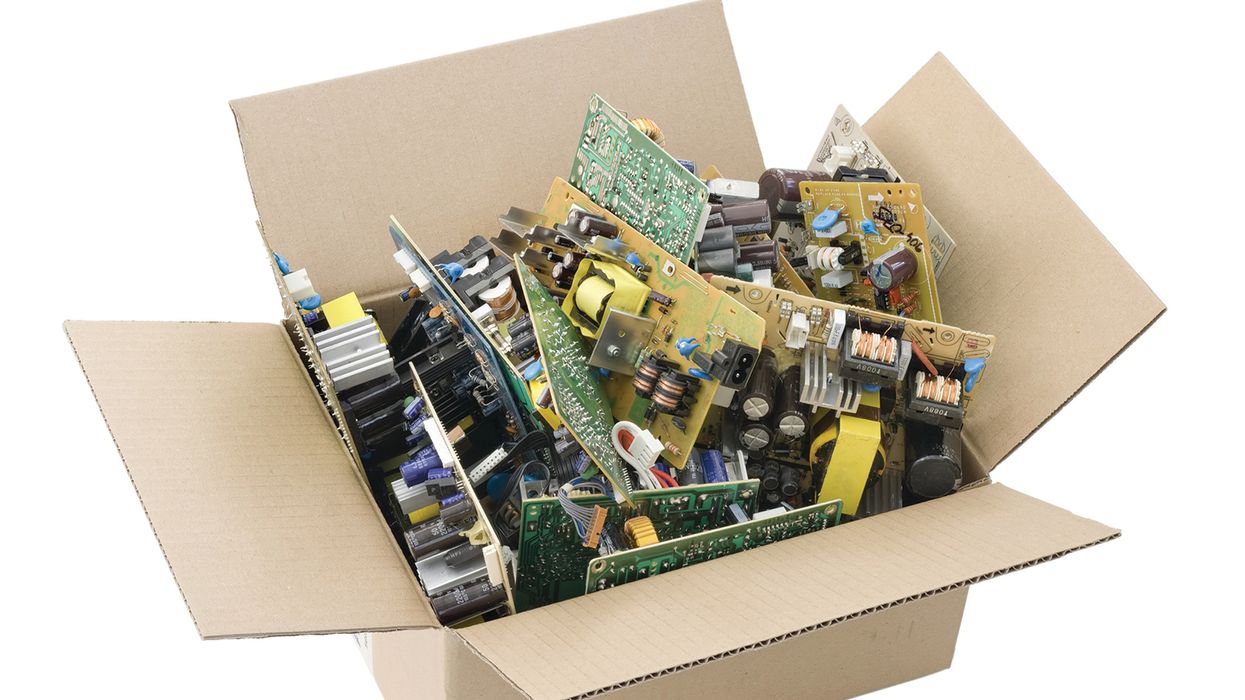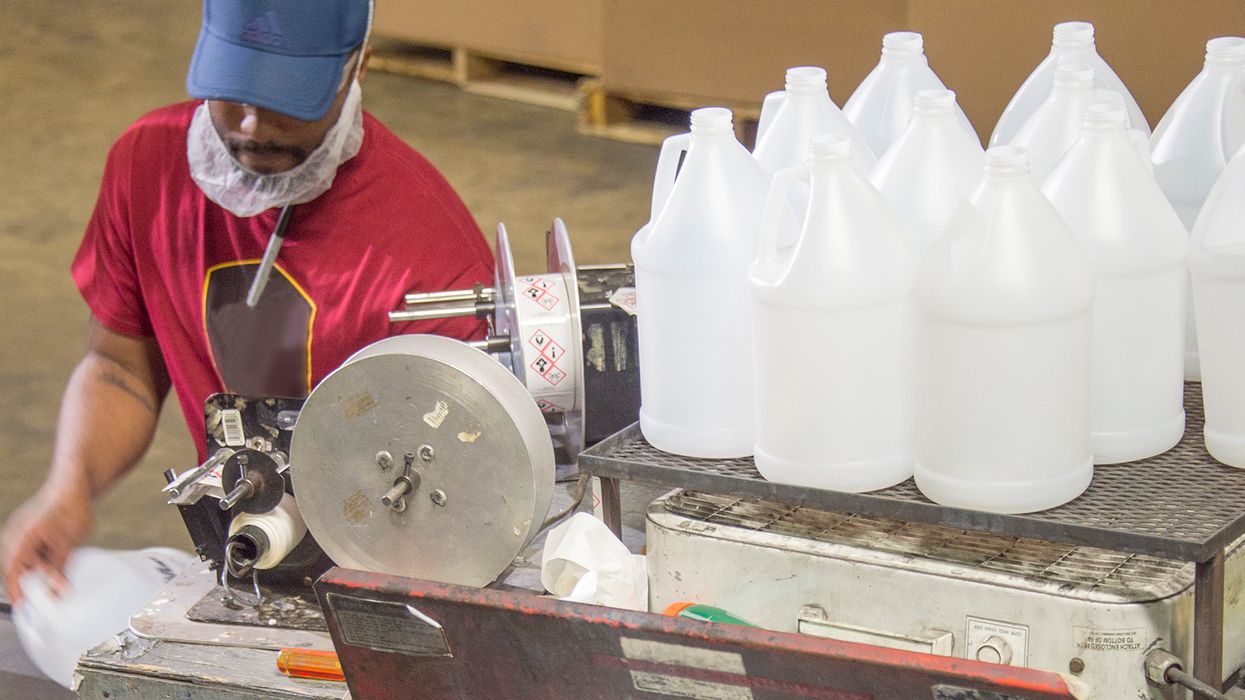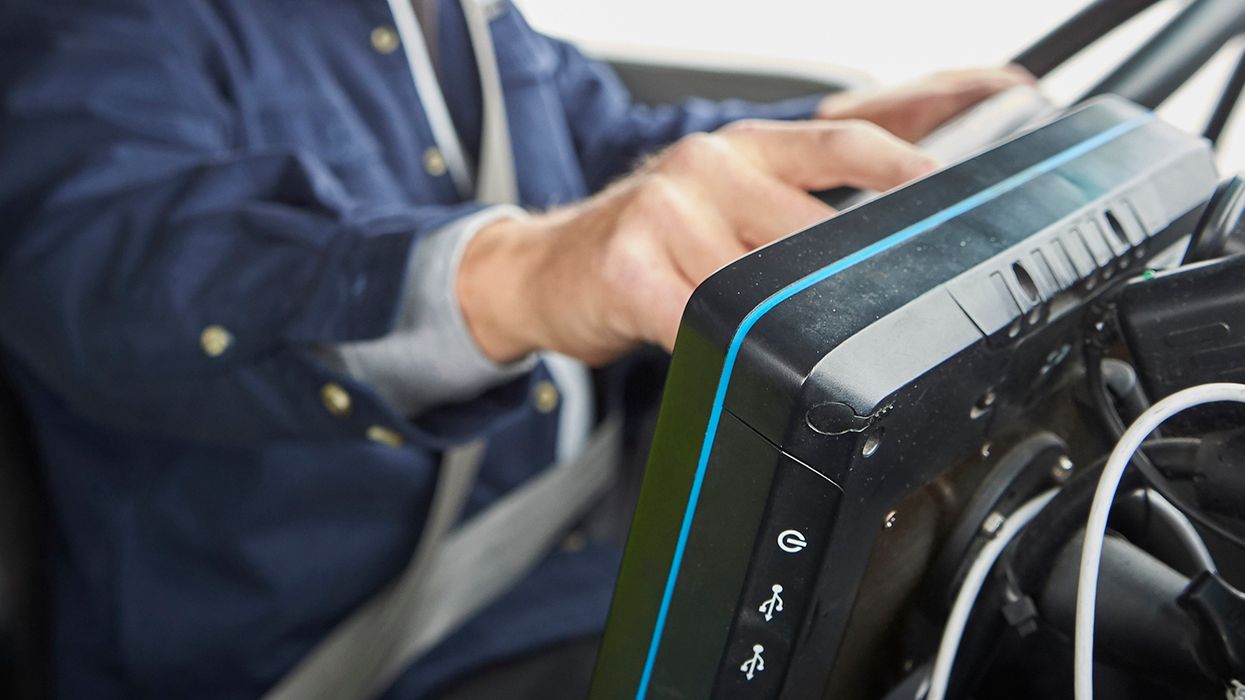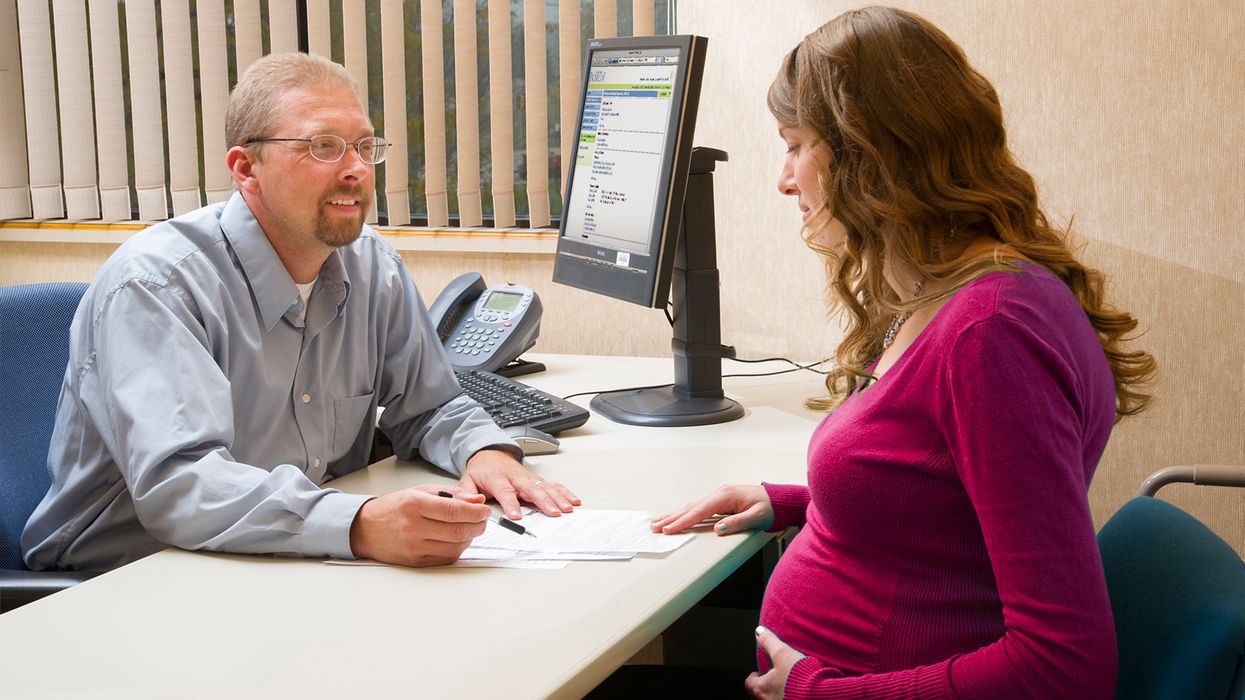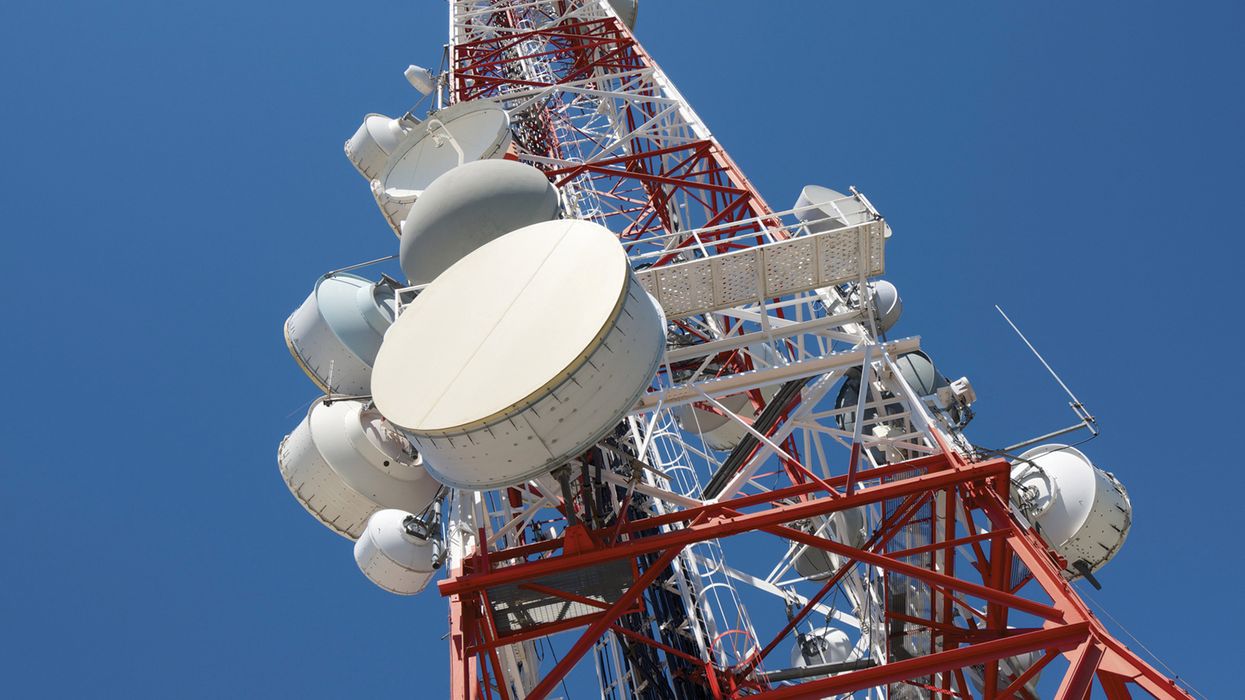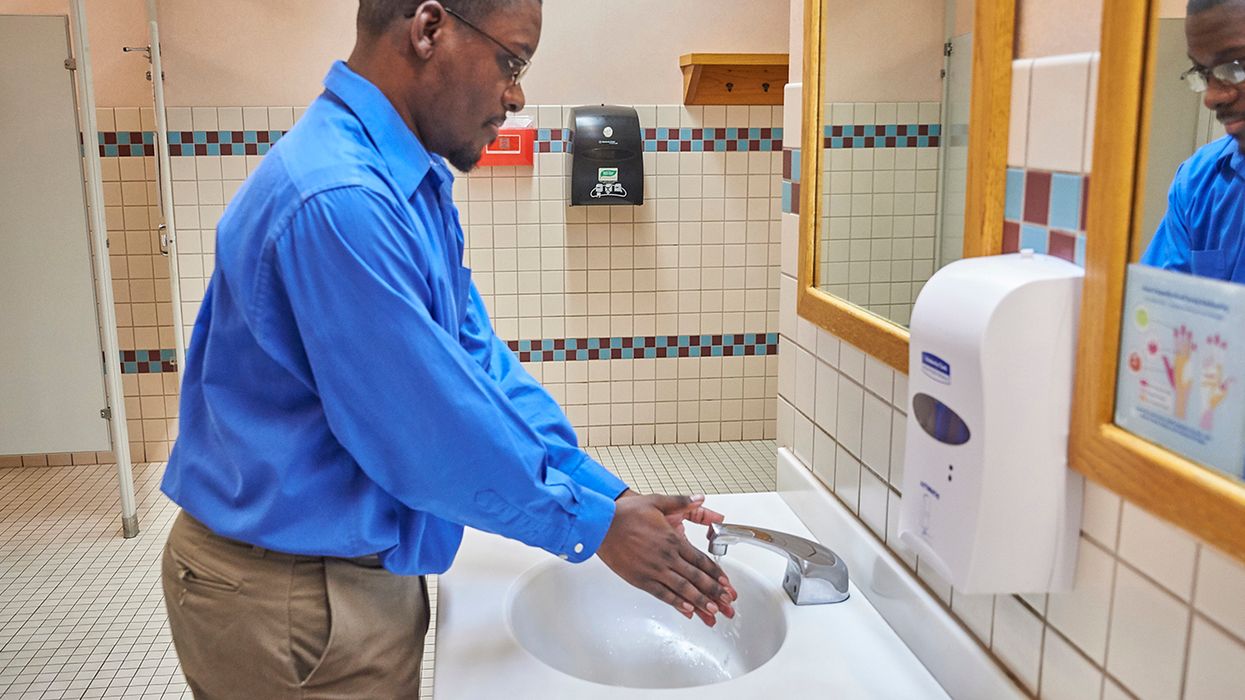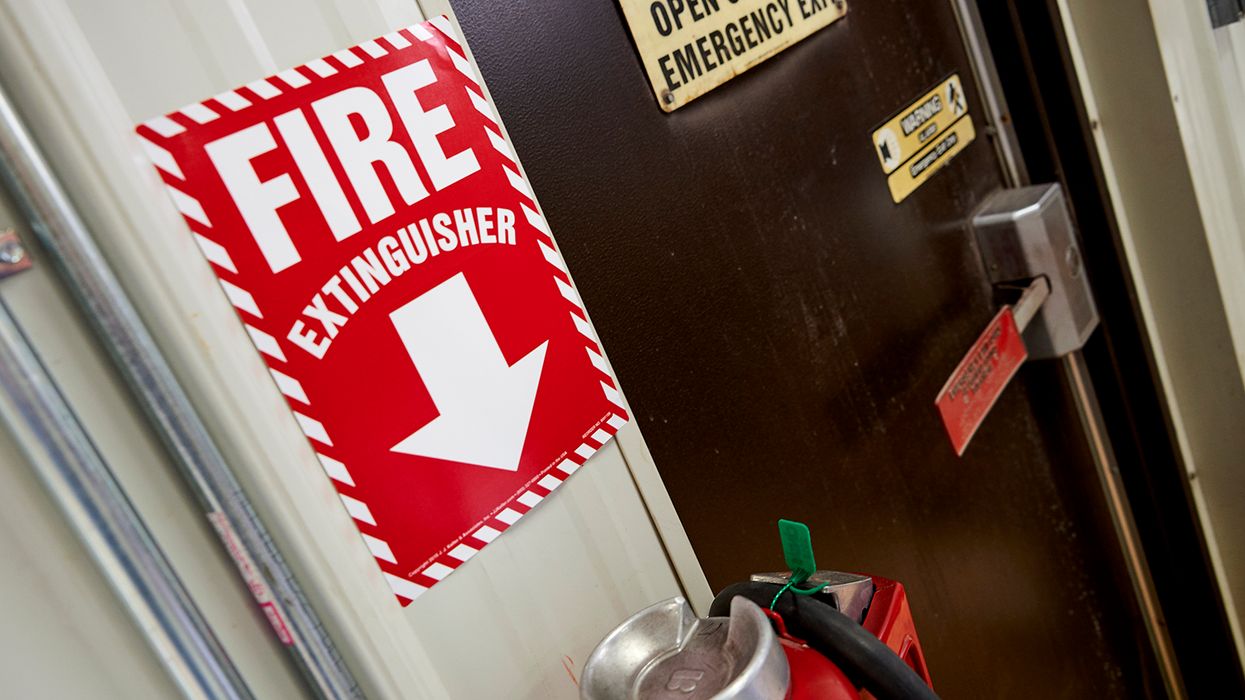Last call: Random alcohol and drug testing
During an investigation, DOT auditors do the math to make sure carriers meet the annual random testing rates. With the end of the year approaching, are you on track for compliance with these programs?
Investigation statistics for 2022 imply that random testing may be a problem area for many carriers. The third most cited acute violation was “Failing to randomly test for drugs and alcohol.” Critical violations for 2022 showed several carriers were short on tests for their random drug or alcohol testing rate.
How many is enough?
The current annual testing rates are based on the average number of CDL driver positions. Completed tests must equal:
- 50 percent of CDL positions for drugs, and
- 10 percent of CDL positions for alcohol.
The trick to ensuring you meet your annual numbers is to monitor your progress throughout the calendar year. Is your program on track to meet the numbers? The final selection of the year is the last chance to compensate for missed tests.
How do you know where you stand?
The number of random tests required by the end of the year can be computed using two simple algebra formulas:
- T = 50% x D controlled substance testing, and
- T = 10% x D for alcohol testing.
For the variables within the formula:
- T is the number of required tests, and
- D is the total number of drivers subject to testing.
D for the end of the year involves adding up the number of names in each random selection earlier in the year and then dividing it by the number of testing cycles. When calculating, always round up, not down.
Here is an example of average number of drivers for quarterly selections:
D = 75 , 80, 78 , and 92 = 325 / 4 = 82
Based on this, the carrier needs 41 completed drug tests and 9 alcohol tests by the end of the calendar year.
For the final quarterly draw, suppose the carrier had missed tests, leaving them with only 27 drug tests and 7 alcohol tests completed for the year.
The carrier must then select at least 14 driver names for drugs and 2 driver names for alcohol. If the carrier selects a few extra names as insurance, all the drivers must be notified and sent for testing. Once names are drawn, the carrier can’t stop once they meet the minimum testing rates.
Learn more about random testing.
Reasons for missed tests
A carrier might get behind on its random testing for some common reasons, such as:
- Canceled tests that don’t count toward the annual percentage.
- Drivers who were not sent for testing due to a leave of absence, layoff, or termination occurring before notification.
- Supervisors who failed to send drivers after receiving the selection list.
- A backup driver who was not performing a safety-sensitive function during the testing cycle but was selected for an alcohol test.
All but the third bullet above are legitimate reasons why a test is not performed. But in all scenarios, the carrier must compensate for a missed test by the end of the year if it would leave them short.
Final tests of the year
If you select names at the minimum testing rate, you won’t have a cushion to work with. It’s imperative that holidays, vacations, and the like don’t interfere with sending drivers by the end of the year.
Make sure, however, that you don’t end testing too early to accommodate a busy holiday season. Drivers who know that everyone was sent in early December may engage in prohibited behaviors thinking they may not get caught. It is a delicate balance of not too early and not too late.
Key to remember: Monitor your completed random drug and alcohol tests so you don’t come up short during a DOT audit.

































